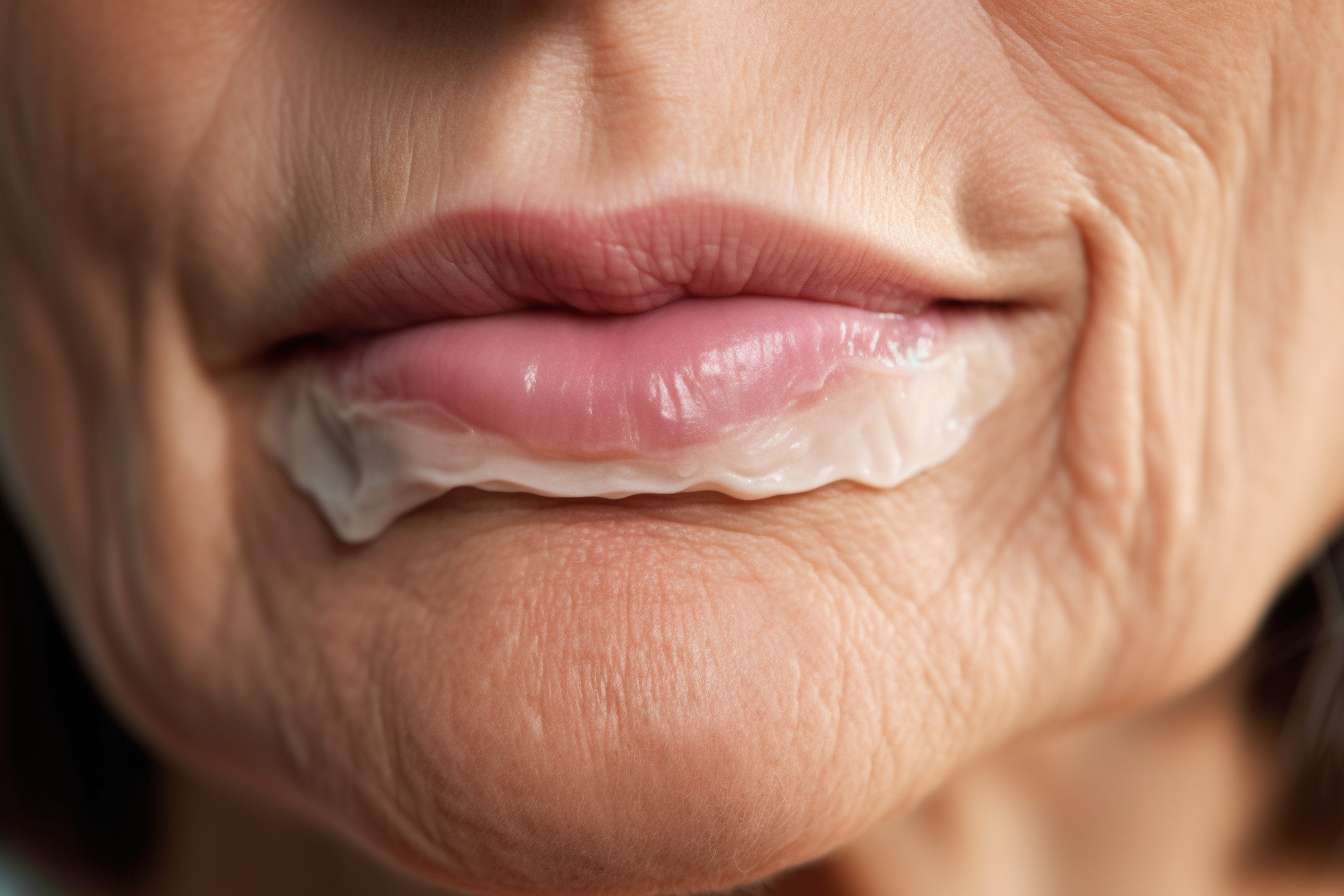Banishing Under-Eye Bags: A Comprehensive Guide
Dark circles and puffy under-eye bags can be a persistent source of frustration for many individuals, affecting both appearance and self-confidence. These common skin concerns often result from a combination of genetic predisposition, lifestyle factors, and the natural aging process. As the delicate skin around the eyes is thinner and more susceptible to changes, it's no wonder that under-eye bags have become a focal point in the skincare industry. From high-end creams to invasive surgical procedures, the market offers a plethora of solutions promising to rejuvenate tired-looking eyes. However, understanding the root causes and exploring a range of treatment options is crucial for effectively addressing this widespread concern.

Lifestyle Modifications for Prevention
While genetics and aging are unavoidable factors, several lifestyle changes can help prevent or minimize the appearance of under-eye bags. Adequate sleep is paramount, as it allows the body to repair and regenerate tissues. Aim for 7-9 hours of quality sleep each night. Reducing salt intake can help prevent fluid retention, while staying hydrated ensures proper fluid balance throughout the body. Limiting alcohol consumption and quitting smoking can also improve overall skin health and reduce puffiness around the eyes.
Topical Treatments and Ingredients
The skincare market offers a vast array of eye creams and serums targeting under-eye bags. Key ingredients to look for include caffeine, which can constrict blood vessels and reduce puffiness, and peptides that help strengthen and firm the delicate eye area. Retinol, a derivative of vitamin A, can improve skin texture and stimulate collagen production. Hyaluronic acid is excellent for hydration, while antioxidants like vitamin C and E protect against environmental damage. When selecting products, opt for those specifically formulated for the eye area, as they are typically gentler and less likely to cause irritation.
Non-Invasive Professional Treatments
For those seeking more dramatic results, non-invasive professional treatments offer promising solutions. Radiofrequency treatments can tighten loose skin and improve overall texture. Ultrasound therapy, such as Ultherapy, stimulates collagen production and can lift sagging skin around the eyes. Chemical peels using gentle acids can improve skin tone and texture, while microneedling can boost collagen production and enhance the absorption of topical treatments. These procedures often require multiple sessions for optimal results and should be performed by qualified professionals.
Surgical Options for Severe Cases
In cases where under-eye bags are severe or persistent, surgical intervention may be considered. Blepharoplasty, or eyelid surgery, is a procedure that removes excess fat and skin from the lower eyelids. This can dramatically improve the appearance of under-eye bags and create a more youthful, refreshed look. While effective, surgery comes with risks and potential complications, and should only be considered after thorough consultation with a board-certified plastic surgeon. Recovery time typically ranges from 10-14 days, with final results visible after several weeks to months.
The Role of Nutrition in Eye Health
A balanced diet rich in certain nutrients can contribute to healthier skin around the eyes and potentially reduce the appearance of under-eye bags. Foods high in vitamin K, such as leafy greens and broccoli, can help strengthen blood vessels and reduce dark circles. Omega-3 fatty acids found in fish and nuts support overall skin health and can help reduce inflammation. Antioxidant-rich foods like berries and green tea protect against free radical damage and premature aging. Staying hydrated by consuming water-rich foods and limiting caffeine and alcohol intake can also help maintain skin elasticity and reduce puffiness.
Innovative Technologies and Future Trends
The field of aesthetic medicine continues to evolve, with new technologies emerging to address under-eye concerns. One promising development is the use of dermal fillers specifically designed for the tear trough area. These fillers can help restore volume loss and smooth out hollows that contribute to the appearance of under-eye bags. Another innovative approach is the use of growth factors and stem cell-derived products to stimulate natural regeneration of the skin and underlying tissues. As research progresses, we can expect to see more targeted, minimally invasive treatments that offer long-lasting results with minimal downtime.
Psychological Impact and Self-Care
The presence of under-eye bags can have a significant psychological impact, affecting self-esteem and social interactions. It’s important to approach treatment not just from a physical standpoint but also with consideration for mental well-being. Incorporating stress-reduction techniques such as meditation or yoga can help improve overall skin health and reduce the effects of stress on the delicate eye area. Developing a consistent skincare routine can also provide a sense of control and self-care, contributing to improved confidence and well-being.
In conclusion, addressing under-eye bags requires a multifaceted approach that considers both internal and external factors. While there is no one-size-fits-all solution, a combination of lifestyle modifications, targeted skincare, and professional treatments can significantly improve the appearance of under-eye bags. As research continues to advance, we can look forward to even more effective and personalized solutions for this common concern. Ultimately, the goal is not just to improve appearance but to enhance overall confidence and quality of life.





